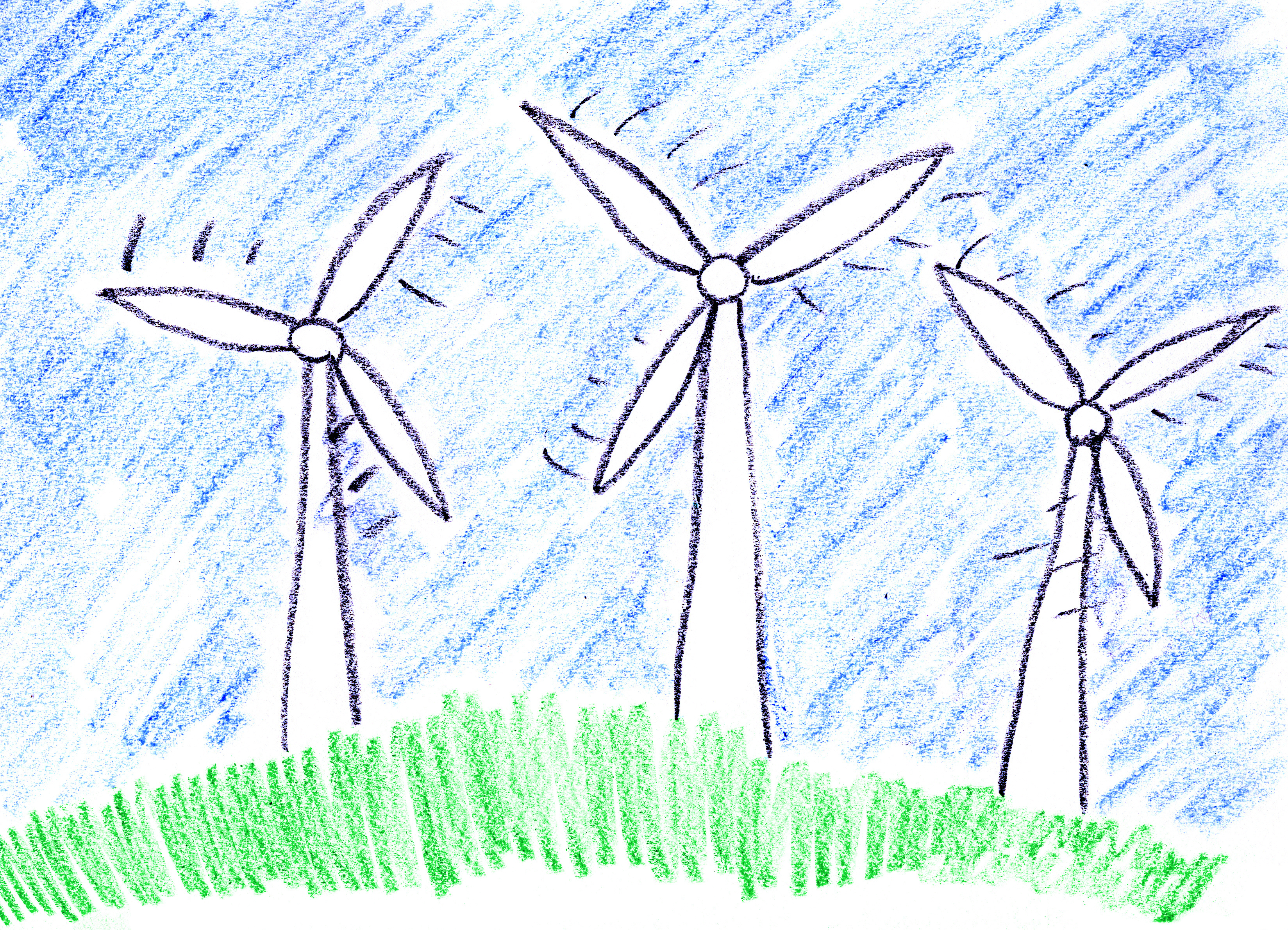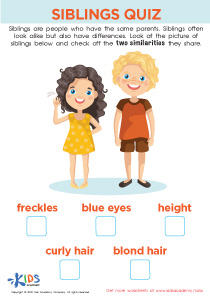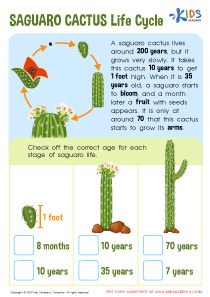Free Printable Science Worksheets for Ages 4-5: Fun Physical Science Activities and Answer Keys
15 filtered results
-
From - To
Introducing our meticulously designed Normal Physical Science Worksheets, tailored exclusively for young learners aged 4-5. This engaging collection of activities is crafted to ignite curiosity and foster a foundational understanding of physical science concepts in a fun and accessible manner. It's the perfect blend of learning and play, with each worksheet carefully curated to suit the developmental stage of your child. Watch as they explore the wonders of the physical world, from the basics of matter to the principles of movement and energy. Our Normal Physical Science for Ages 4-5 worksheets are your child's first step into a lifelong journey of scientific discovery and wonder.
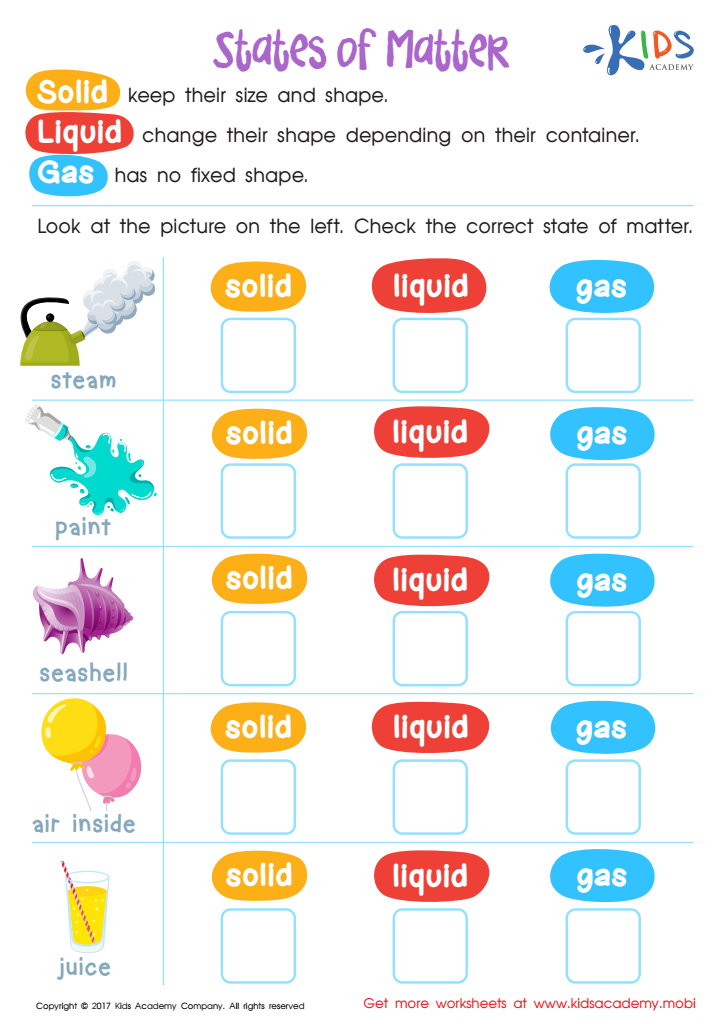

Physical Science: States of Matter Worksheet
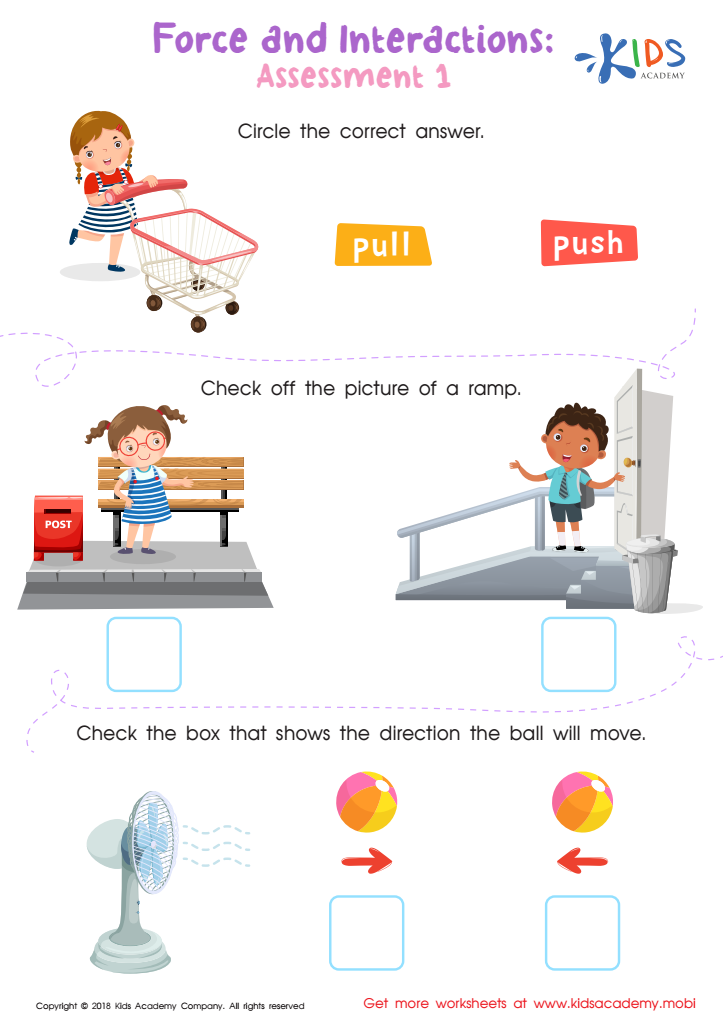

Force and Interactions: Assessment 1 Worksheet
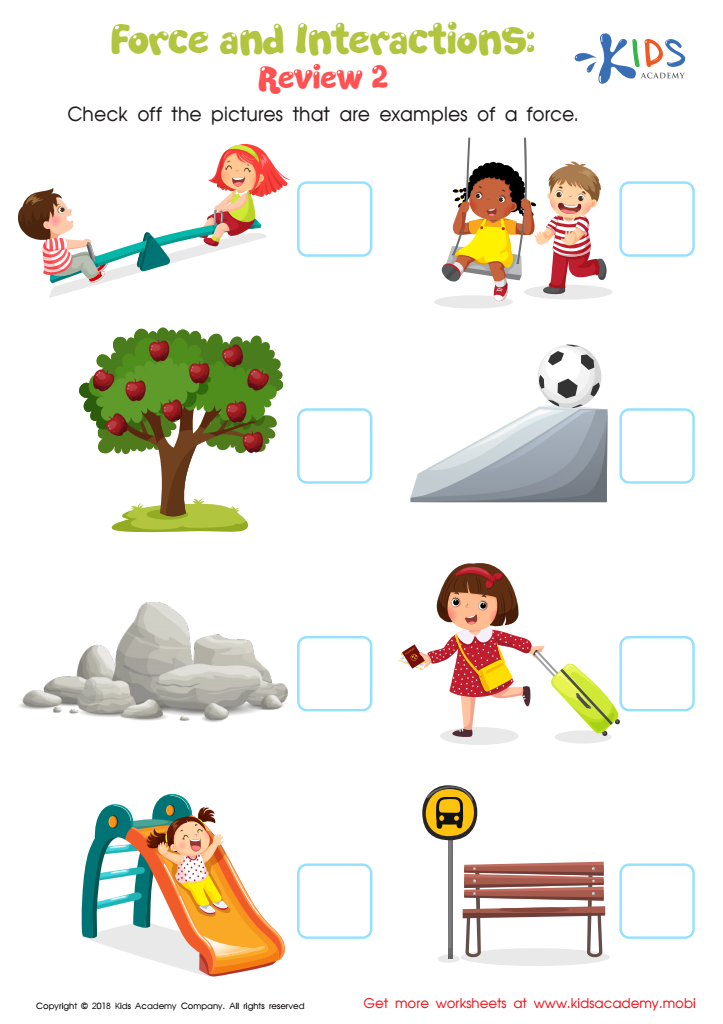

Force and Interactions: Review 2 Worksheet
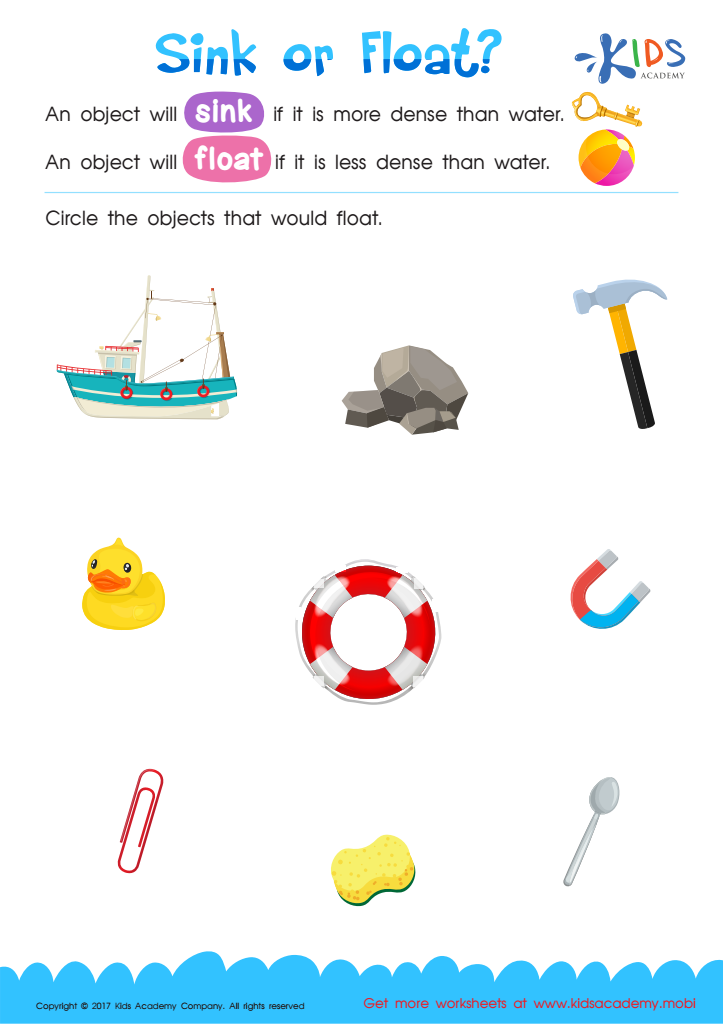

Sink or Float Printable
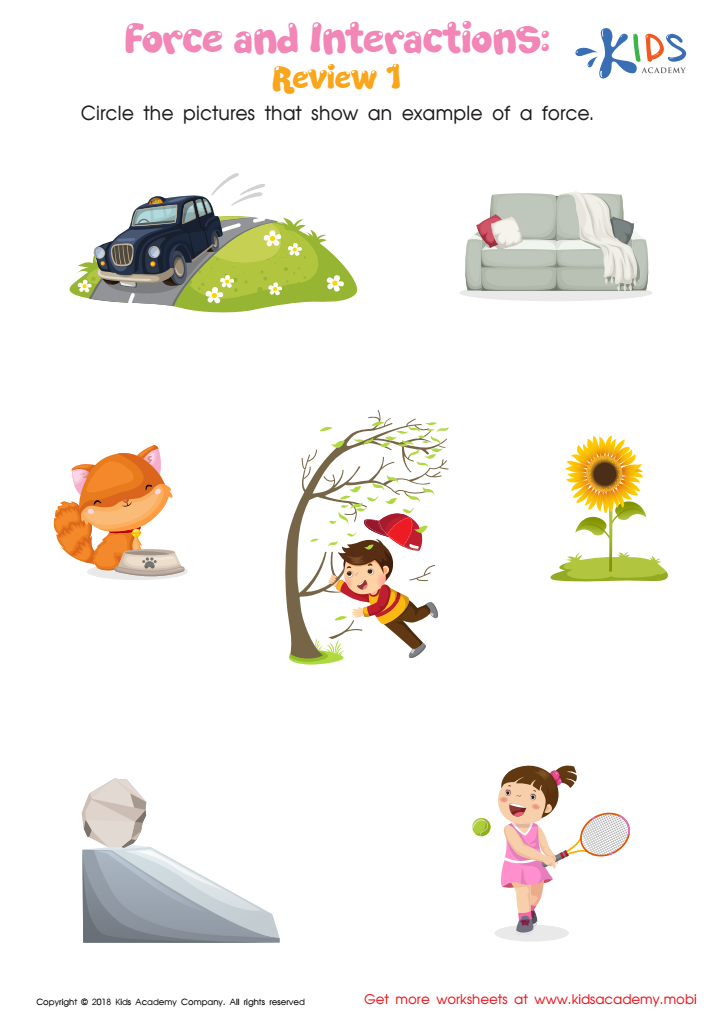

Force and Interactions: Review 1 Worksheet


Going up or Down? Worksheet
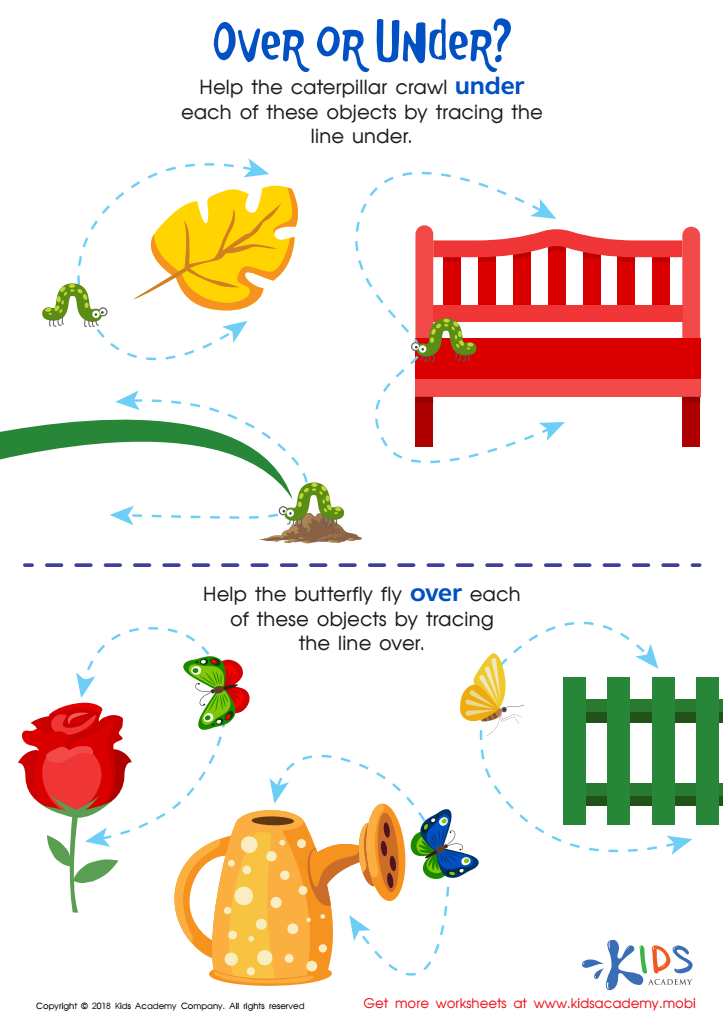

Over or Under? Worksheet
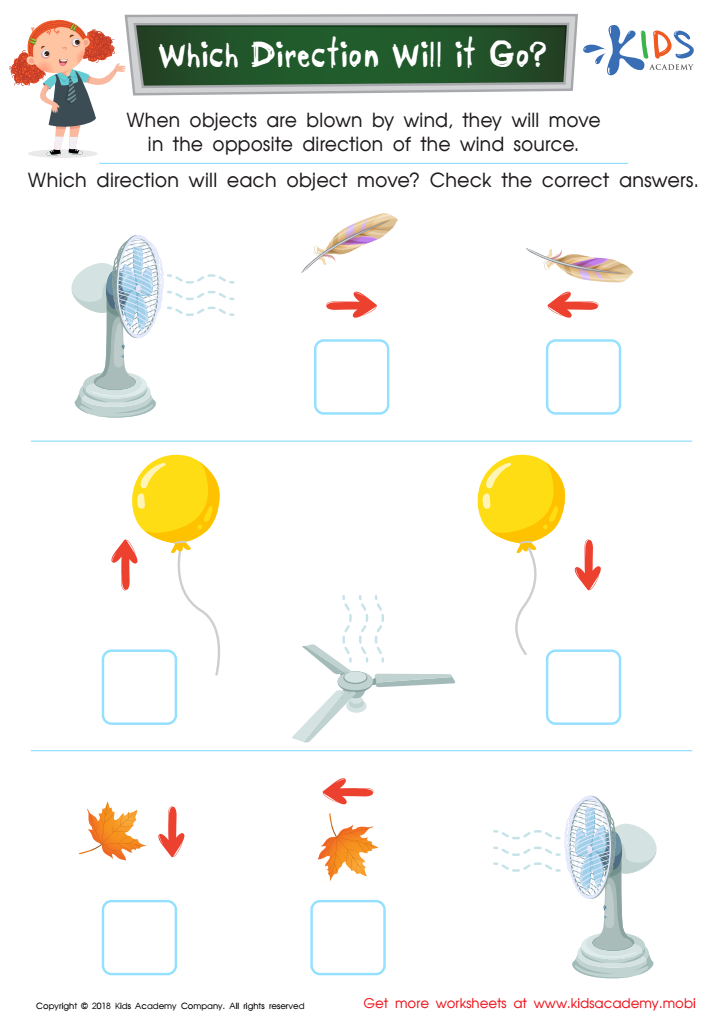

Which Direction Will it Go? Worksheet
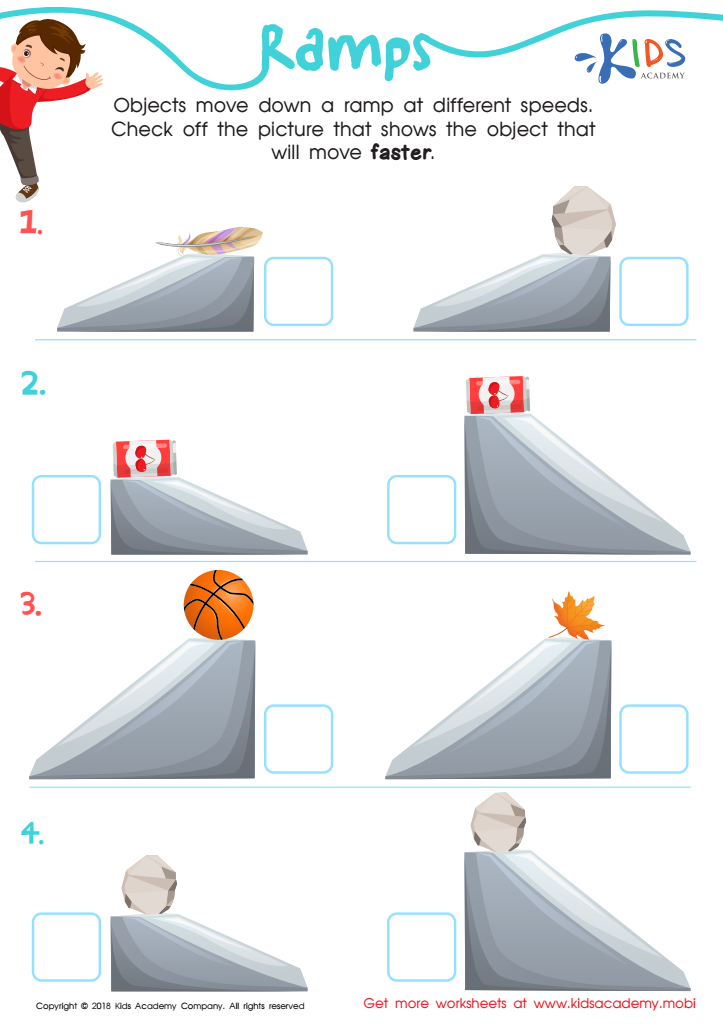

Ramps Worksheet
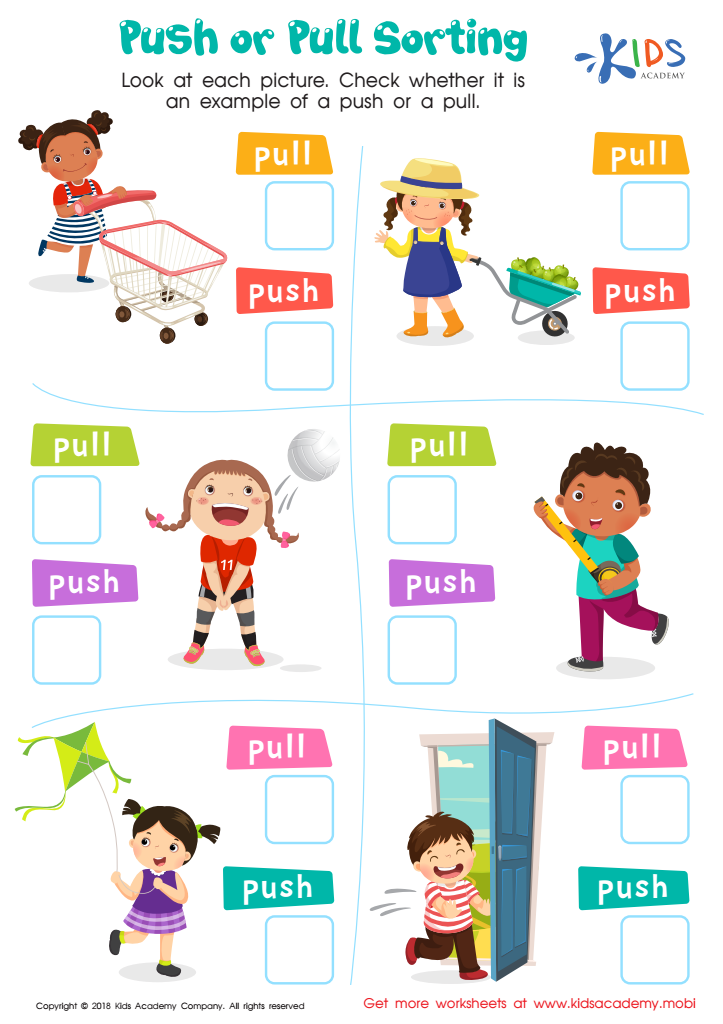

Push or Pull Sorting Worksheet
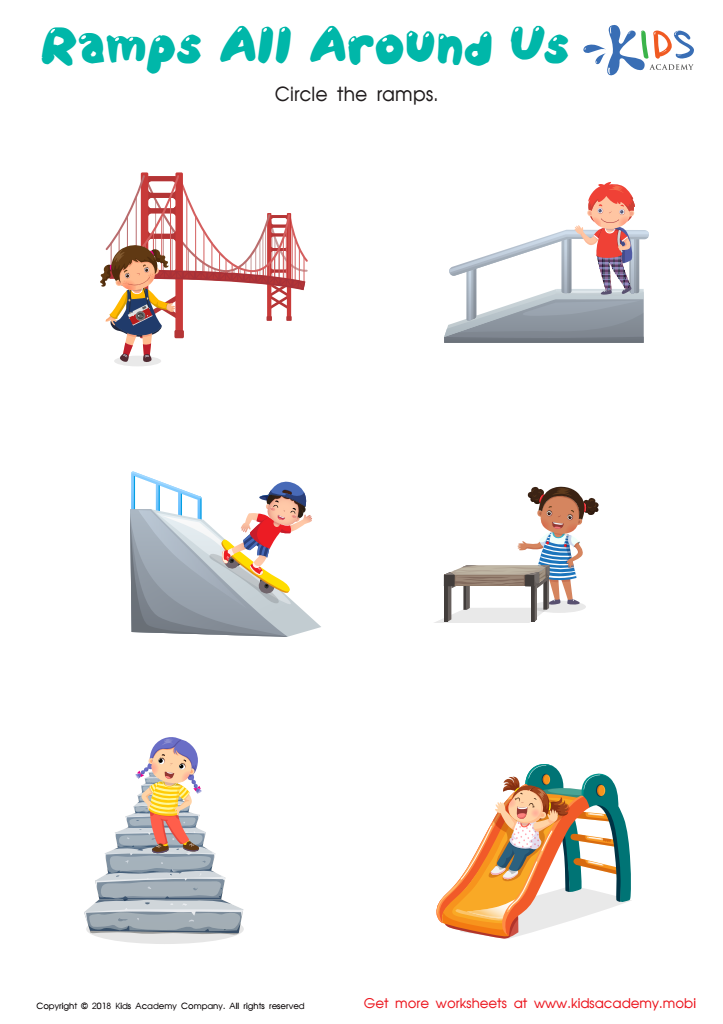

Ramps All Around us Worksheet
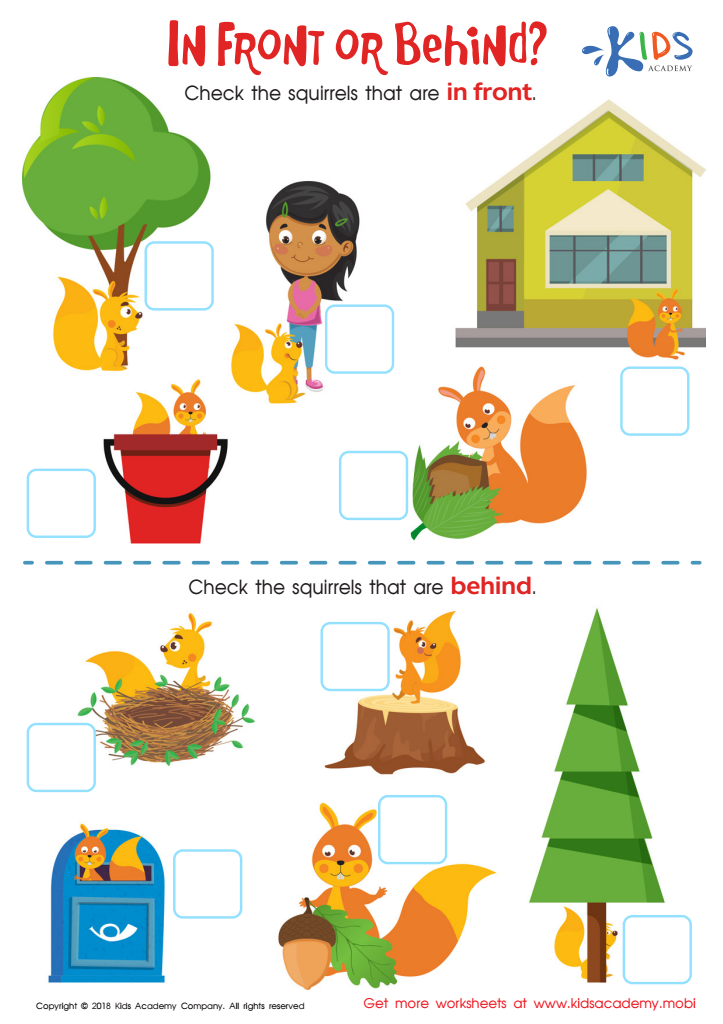

In Front or Behind: Part 2 Worksheet
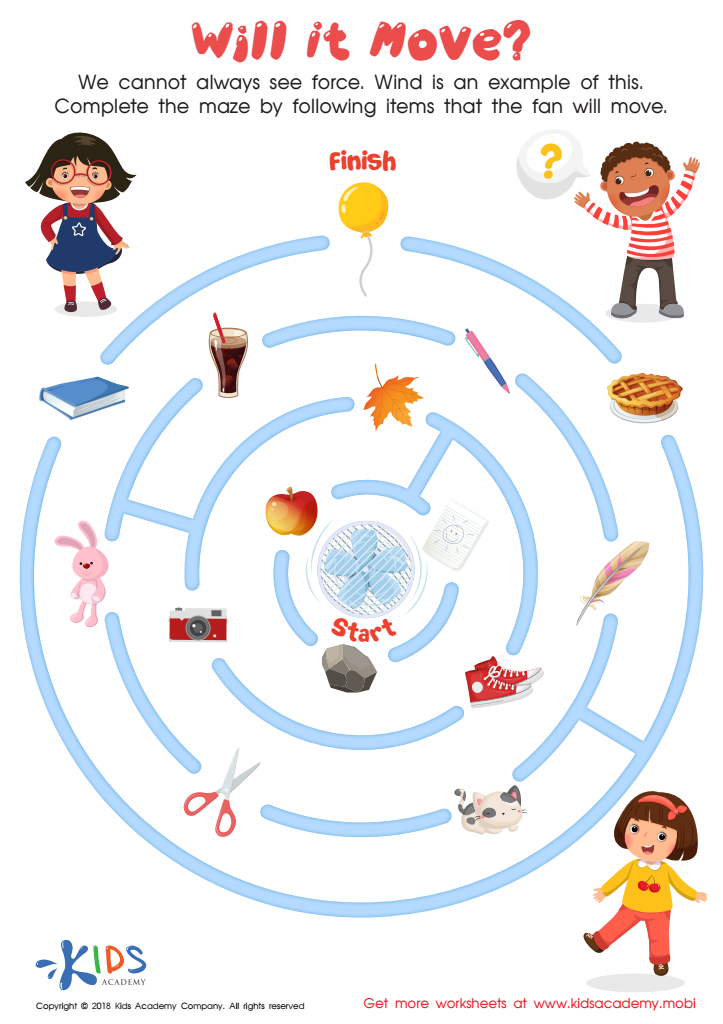

Will it Move? Worksheet


Down it Goes Worksheet
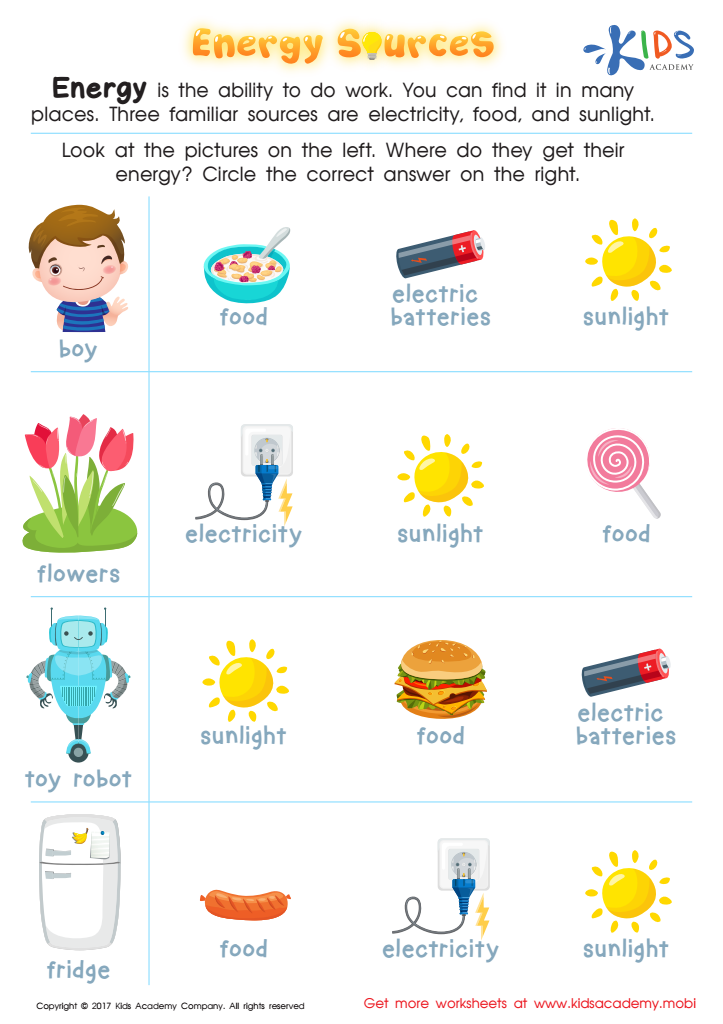

Energy Sources Printable
Normal Physical Science worksheets for Ages 4-5 are an indispensable tool in the early childhood education toolkit. At this pivotal age, children are naturally curious about the world around them, and these worksheets serve to channel that curiosity in productive and educational ways. They are designed with the developmental needs and capabilities of 4-5-year-olds in mind, making science both accessible and engaging for young learners.
One of the most significant benefits of Normal Physical Science worksheets for Ages 4-5 is their role in fostering foundational scientific literacy. By introducing basic scientific concepts through age-appropriate activities, children begin to develop an understanding of the natural world that surrounds them. These worksheets cover a range of topics, from exploring the properties of water to understanding the basics of light and shadow, all tailored to stimulate young minds and encourage a love for science early on.
Moreover, these worksheets are not just about imparting knowledge; they are also about developing critical thinking and observational skills. By engaging in hands-on activities, children learn to make observations, predict outcomes, and draw conclusions, which are essential skills not just for science, but for all areas of learning.
In conclusion, Normal Physical Science worksheets for Ages 4-5 are a valuable resource for sparking an interest in science among young learners. They provide a solid foundation for scientific inquiry, encourage critical thinking, and make learning about the physical world an enjoyable and rewarding experience.

 Assign to the classroom
Assign to the classroom
.jpg)



